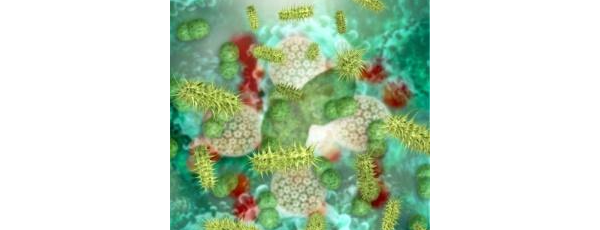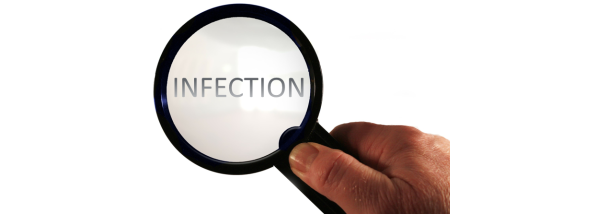Nutritional Management and Wound Care: When Patients Disregard Nutrition Advice
July 5, 2011
By Laurie Swezey RN, BSN, CWOCN, FACCWS
Our eating habits are ingrained in us from an early age, and are often difficult to change. Eating is not only a physical necessity, but a social act that can have psychological components as well. As practitioners, we often know what our patients need to do to speed wound healing. Getting our patients on board, however, can be a challenge.
We often use the term “non-adherence” when describing patients who are unable or unwilling to stick to a prescribed nutritional plan (the term noncompliance should be avoided). Using a word to describe behavior does not provide any insight into the reason some patients might behave this way, nor does it give us any information about how to help these patients help themselves.
What causes dietary non-adherence?
Causes of non-adherence may be divided into three broad categories:
Demographic Variables
- Level of education
- Financial constraints
- Access to healthcare
Psychological Barriers
- Denial
- Anger
- Depression
- Embarrassment
- Sense of loss of control
- Hostility
- Fear
Social Variables
- Isolation
- Lack of support system
- Poor family relationships
- Poor relationships with healthcare providers
- Religious beliefs/traditions
- Cultural beliefs
There are many reasons why patients may fail to follow dietary advice. Some variables are amenable to change, while others are less so.
Stages of Change in Behavior
In order to help our patients want to help themselves by adhering to a nutritional plan, we need to understand the different stages of change associated with behavior, identify which stage our patient may be “stuck” in, and help them to move on towards successful behavior change:
- Precontemplation - in this stage, the patient may not even be aware that there is a relationship between nutrition and healing. Information must be provided at the patient’s level of learning to help him/her understand the interplay between how (and what) they eat and their health status.
- Contemplation - in this stage, the patient has a growing understanding of the need to make a change in their eating behavior, but may feel ambivalent about making the change. It is important to outline the advantages to the patient in making the necessary changes without setting up false expectations.
- Preparation - in this stage, the patient is “teetering” on the edge between moving forward in change and falling backwards in the old habits. At this point, the practitioner should offer concrete and reachable solutions and goals, along with information that is easily digested.
- Action - in this stage, the patient is ready to make a change and engage in the desired behavior.
- Maintenance - this stage is characterized by continuing the desired behavior and preventing a relapse into the old undesirable habits. Strategies to prevent relapse should be offered.
- Relapse - relapse may occur at any time; should relapse occur, the patient should be encouraged to continue along with their plan, while practitioners strategize with him/her about methods to prevent future relapses.
By identifying the stage of change our patients are in, we will be able to tailor teaching to our patient’s needs, increasing their chances of success in changing harmful behaviors. Consideration of potentially change-impeding factors can also help us to assist our patients more effectively.
Some patients are unwilling to change despite our best efforts. When faced with these kinds of situations, practitioners should document thoroughly their efforts to provide information and the patient’s response to teaching. Patients have the right to refuse advice; however, this should be documented in order to avoid the appearance of lack of attention to the issue.
Sources:
Collins, N (2010). Dealing with patients who disregard nutrition advice. Ostomy Wound Management, 56(6), pg. 16-20.
Collins, N (2009). The nutritional melting pot: Understanding the influence of food, culture, and religion on nutrition interventions. Ostomy Wound Management, 55(5), pg. 14-21.
About The Author
Laurie Swezey RN, BSN, CWOCN, CWS, FACCWS is a Certified Wound Therapist and enterostomal therapist, founder and president of WoundEducators.com, and advocate of incorporating digital and computer technology into the field of wound care.
The views and opinions expressed in this content are solely those of the contributor, and do not represent the views of WoundSource, HMP Global, its affiliates, or subsidiary companies.











